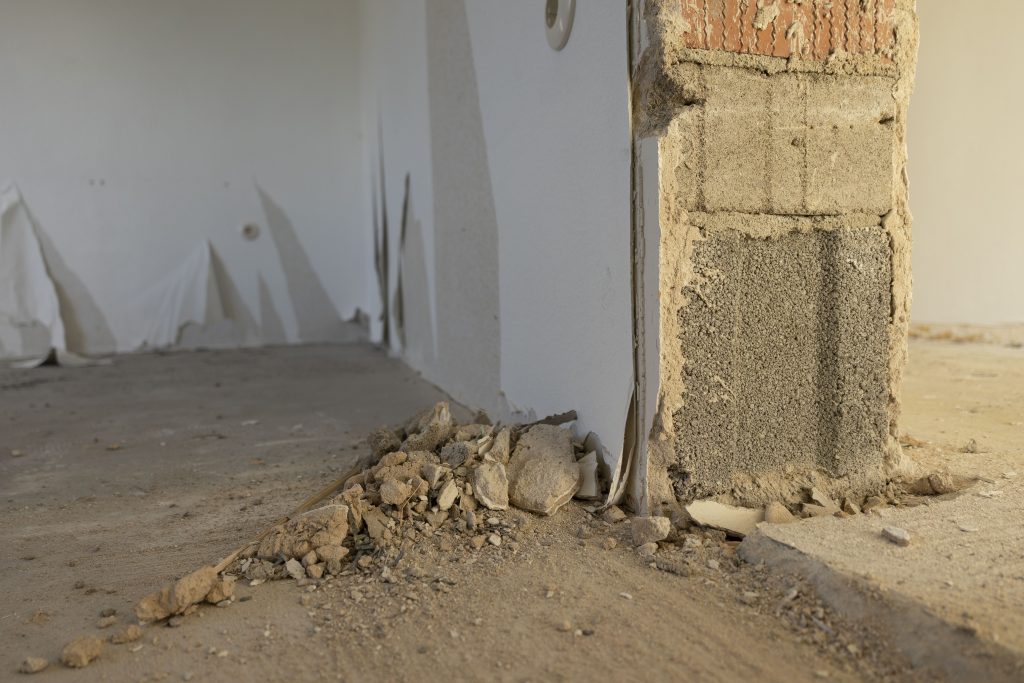Expansion joint repair is essential for maintaining the integrity and longevity of concrete structures. Across driveways, sidewalks, and other concrete surfaces, expansion joints play the critical role of accommodating movement due to thermal expansion and contraction. Over time, these joints may deteriorate or become damaged, leading to potential issues like cracking or uneven surfaces. Addressing these problems promptly helps to prevent further damage and ensures that the concrete continues to perform its function safely and effectively.
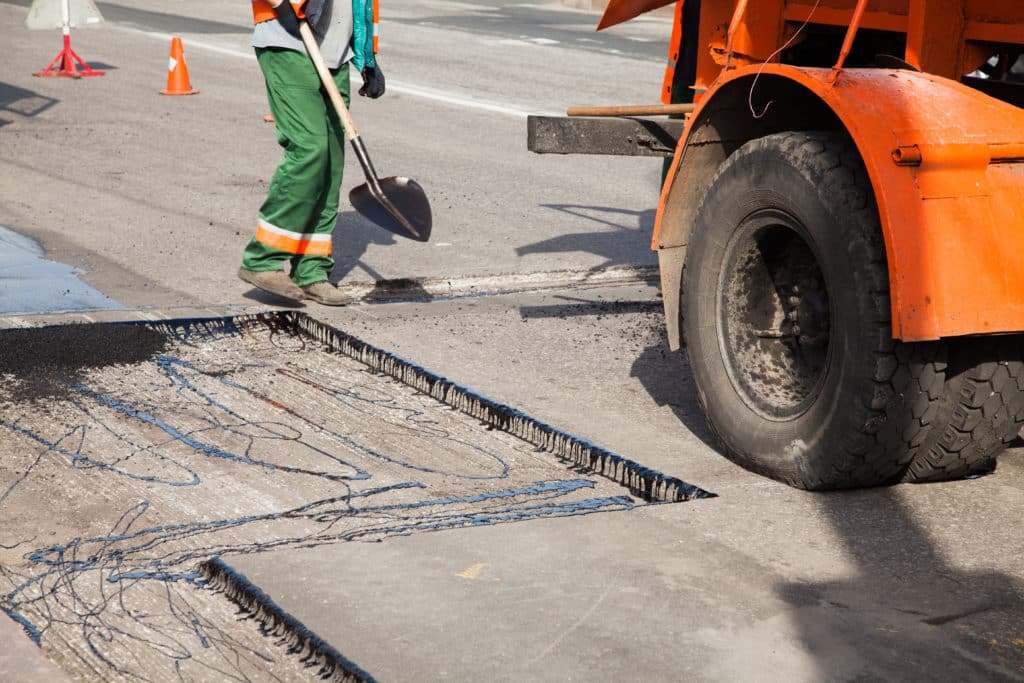
The process of repairing expansion joints usually begins with the removal of old filler material which may be cracked, loose, or otherwise compromised. After thorough cleaning to remove pebbles, dirt, and debris from the joints, a new filler material is applied. This material must be suitable for the specific type of joint and the expected movement and exposure conditions.
Proper repair of expansion joints involves not just filling the gaps but also ensuring that the joint system can withstand future thermal cycling and load-bearing demands. This includes using quality materials and following techniques that ensure a resilient and lasting repair. With the right approach, repaired expansion joints can help to preserve the structural integrity of concrete installations for years to come.
Understanding Expansion Joints

Expansion joints are crucial for the integrity of various structures as they accommodate movement and prevent stress due to temperature changes. They are specifically designed to perform in certain environments and come with different maintenance requirements.
Types and Functions
Expansion Joint: This type of joint is specifically designed to absorb and facilitate movement between structural components caused by thermal expansion, vibrations, or other environmental factors. For instance, an expansion joint in a bridge is engineered to handle large shifts due to temperature fluctuations and traffic loads.
Control Joint: Contrary to expansion joints, control joints are cut into concrete to preemptively manage cracking in more static situations. They guide cracks along a predetermined path within a slab or wall, thus controlling the aesthetic and structural impact of the natural shrinkage and thermal movement of the concrete.
- Lateral Movement: Joints that cater to horizontal shifts typically due to Earth movements or heavy traffic.
- Longitudinal Movement: Accommodates movement along the length of the structure, usually experienced with changes in temperature.
- Vertical Movement: Allows for slight elevation changes or settling within the structure without causing damage.
Significance of Maintenance
Regular maintenance of expansion joints is essential to ensure the structural integrity and longevity of the construction. Neglecting expansion joint repair can result in severe cracks and distortions, leading to costly repairs and potential safety hazards. Proper maintenance prevents the build-up of stress at connection points, ensuring that both expansion and control joints function correctly.
- Routine Inspections: Identifying signs of wear, tear, or failure early.
- Cleaning and Sealing: Keeping joints free of debris and sealed against moisture.
- Timely Repairs: Addressing any damage quickly to prevent further deterioration.
By understanding their types and functions, and maintaining them regularly, one can ensure that expansion joints perform their role effectively, adapting to temperature changes and managing the stresses within the structure.
Common Issues and Diagnosis
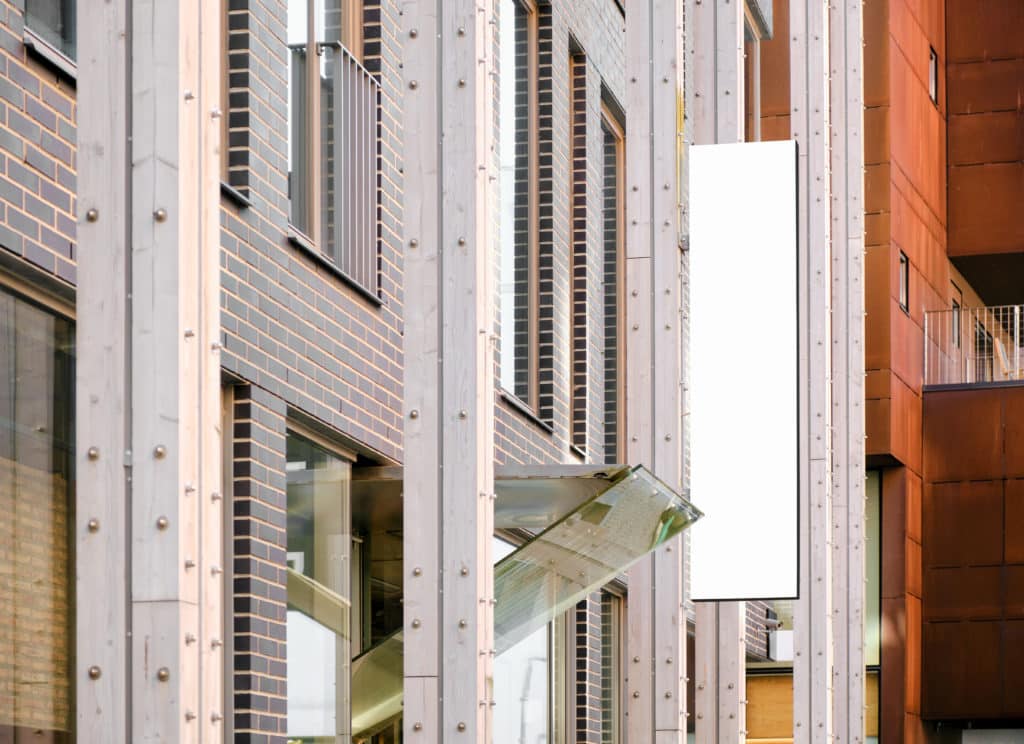
When approaching expansion joint repair, one must accurately identify issues such as crack patterns and signs of failure. Failure to properly diagnose can lead to inadequate repairs and further damage.
Identifying Crack Patterns
Cracks in expansion joints can vary in type and appearance, each indicating different underlying issues. Hairline cracks may simply be due to normal wear and tear; however, wider or more complex crack patterns can signify substantial movement or stress within a structure. When identifying crack patterns, one looks for consistently straight or zigzag lines, which are often results of concrete settlement or thermal expansion.
Signs of Failure
Signs of failure in expansion joints include visible damage such as cracking or flaking of old concrete, water infiltration, and the presence of debris and dirt, hindering the joint’s ability to accommodate movement. Moreover, degradation of joint materials or failure to seal against moisture can also be indicative of necessary repairs. It is imperative to address these signs of failure promptly to maintain structural integrity and prevent further damage.
Preparation for Repair
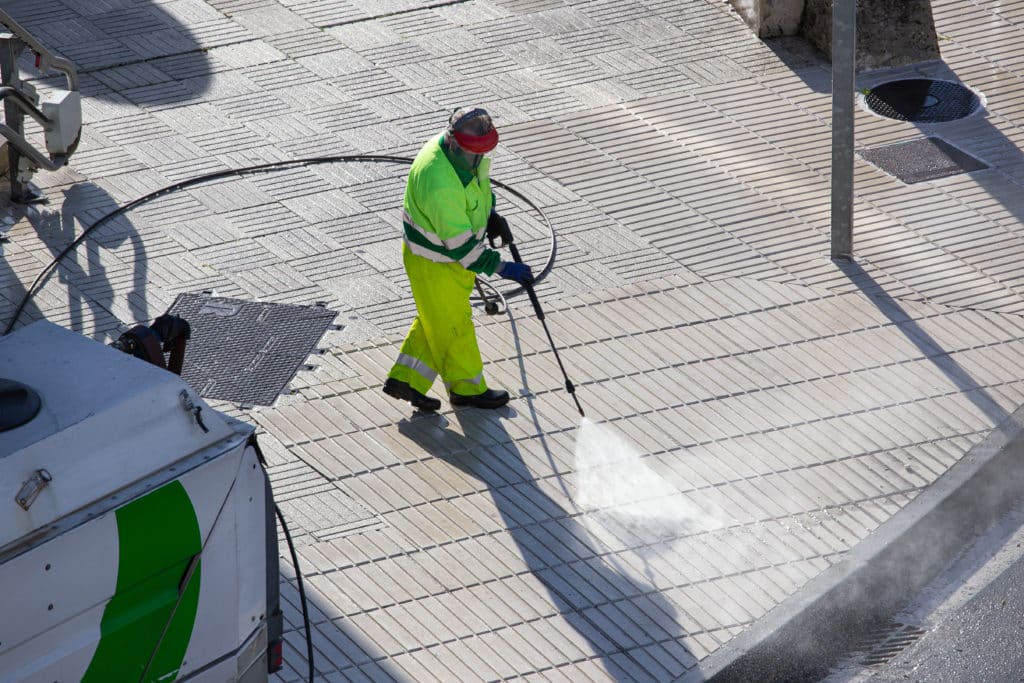
Prior to repairing expansion joints, a certain level of preparation is essential to ensure a strong and long-lasting repair. Attention to detail during the preparation phase lays the groundwork for the application of new sealants and backer rods.
Cleaning the Expansion Joint
To begin, one must clean the expansion joint to remove all forms of debris, including pebbles, dirt, and loose particles. This typically involves a thorough sweeping and then a scrubbing process to ensure that the sides of the joint are free from contaminants that might hinder adhesion. Using a stiff bristle brush and a specialized cleaning solution can aid in this process. After scrubbing, the area should be rinsed with a hose and allowed to dry completely before proceeding to the application of sealants or other repair materials.
Materials and Tools Required
The materials and tools necessary for repairing expansion joints are specific and should be ready before beginning the task. Essential items include:
- Sealant: Chosen based on the type of joint and expected movement.
- Backer Rod: To provide support for the sealant and control its depth.
- Personal Protective Equipment (PPE): Including gloves and safety glasses.
- Cleaning Supplies: A hose for rinsing, a stiff bristle brush, and an appropriate cleaning solution.
- Caulk Gun: For the precise application of sealant into the joint.
- Scrapers or Tools: For the removal of old sealant and the application and finishing of new material.
Having these materials and tools gathered in advance ensures that the repair process can proceed smoothly and without unnecessary interruptions.
Repair Techniques
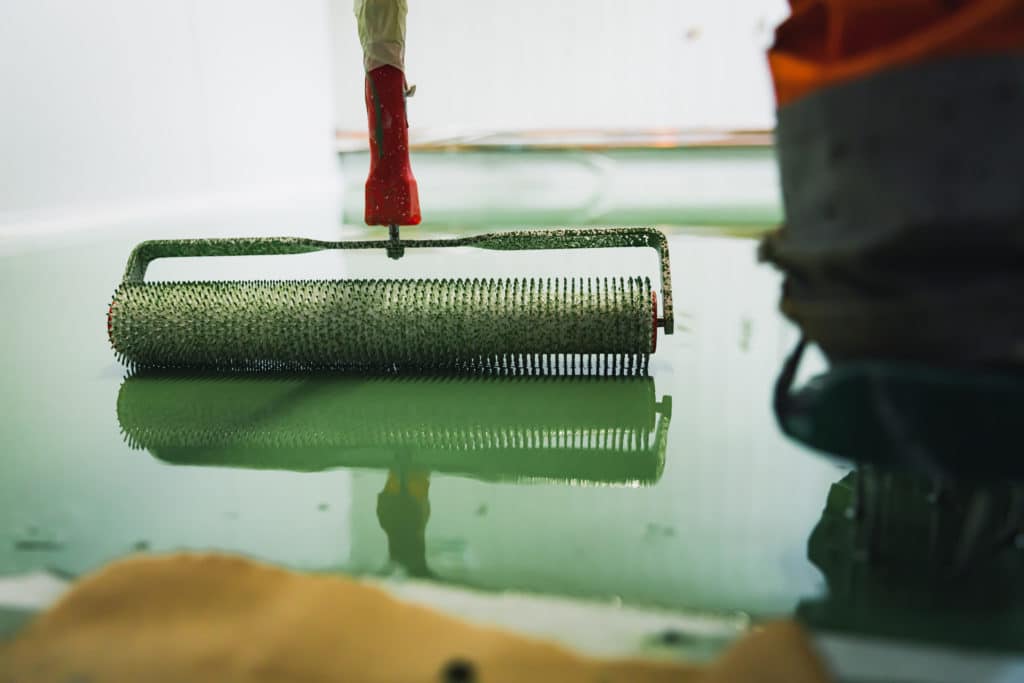
Effective repair techniques are crucial for maintaining the integrity of concrete slabs in various industries. These methods ensure durability and extend the lifespan of the structure.
Sealing with Caulk
Caulk is a versatile sealing material often employed in expansion joint repair. It is available in two main types: self-leveling and non-sag. Self-leveling caulk is best suited for horizontal joints, flowing smoothly to create a level seal. In contrast, non-sag caulk is thicker, making it ideal for vertical applications where the material needs to maintain its shape without dripping.
Using Backer Rods
Before applying caulk, foam backer rods can be inserted into the joint to provide a supportive base. This not only helps in controlling the depth of the caulk but also reduces the amount of sealing material needed, thus saving costs. Backer rods are typically made of foam and come in various diameters to accommodate different joint widths.
Applying Epoxy
For a stronger, more durable repair material, epoxy resins are an excellent choice. They form a hard, load-bearing filler that is able to withstand heavy traffic and extreme conditions. Epoxy is particularly effective for repairing larger cracks and when the use of caulk is not sufficient. Its application requires precision and understanding of the product’s properties to ensure effective bonding and sealing.
Post-Repair Guidelines
Once the repair of an expansion joint is completed, it is crucial to ensure that the newly installed system returns to full functionality while maintaining its integrity through appropriate curing and regular upkeep. The reader should note that adherence to these guidelines is essential for the longevity and safety of the infrastructure.
Curing and Drying
Proper curing of materials is critical to the success of an expansion joint repair. Materials should be allowed to cure according to manufacturer specifications, typically within a temperature range that avoids extremes which can cause premature drying or inadequate setting. For instance:
- Temperature: It should be monitored and maintained as recommended.
- Protection from Rain: The repair site must be shielded against rain during the curing period to prevent water from affecting the setting process.
Regular Maintenance
Regular maintenance is key to prolonging the lifespan of an expansion joint. A maintenance schedule should account for systematic inspections and actions such as:
- Safety Checks: Frequent inspections can identify potential issues before they lead to failure. Checkpoints include weld integrity, bolt tightness, and material wear.
- Response to Temperature Changes: Expansion joints are susceptible to damage from thermal expansion and contraction. Regular monitoring ensures that the joints adapt to temperature changes without distress.

 CALL US NOW
CALL US NOW